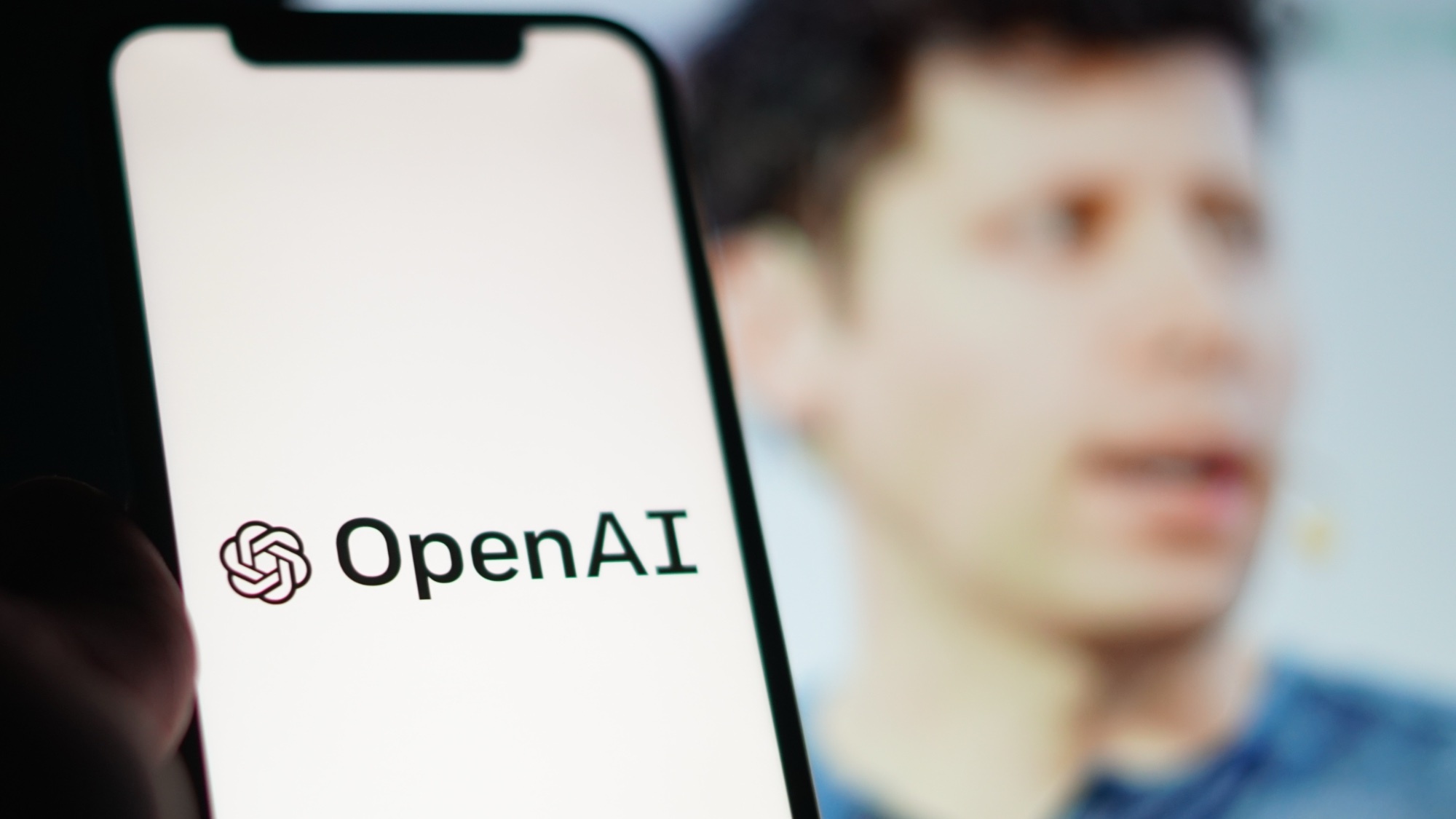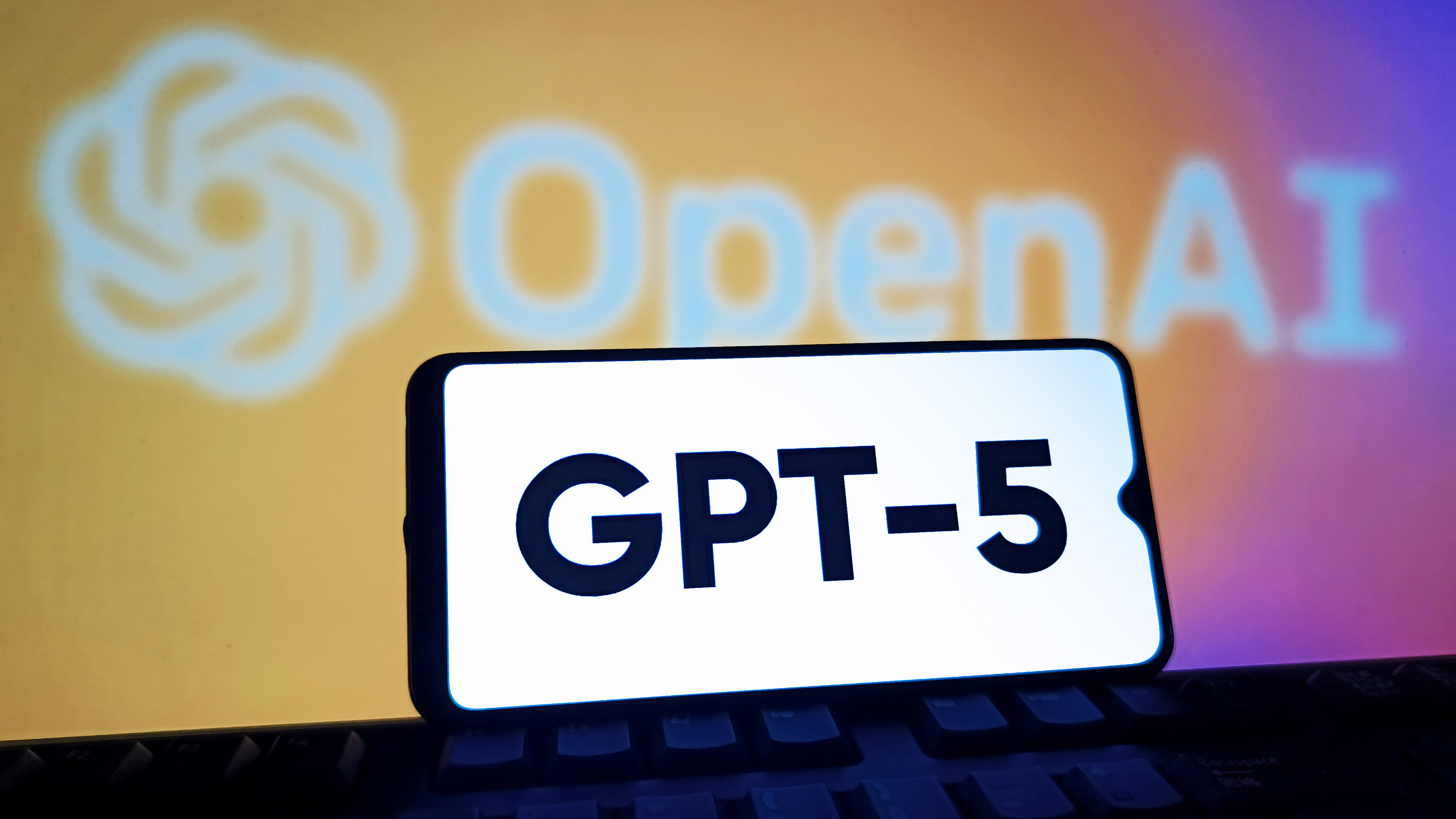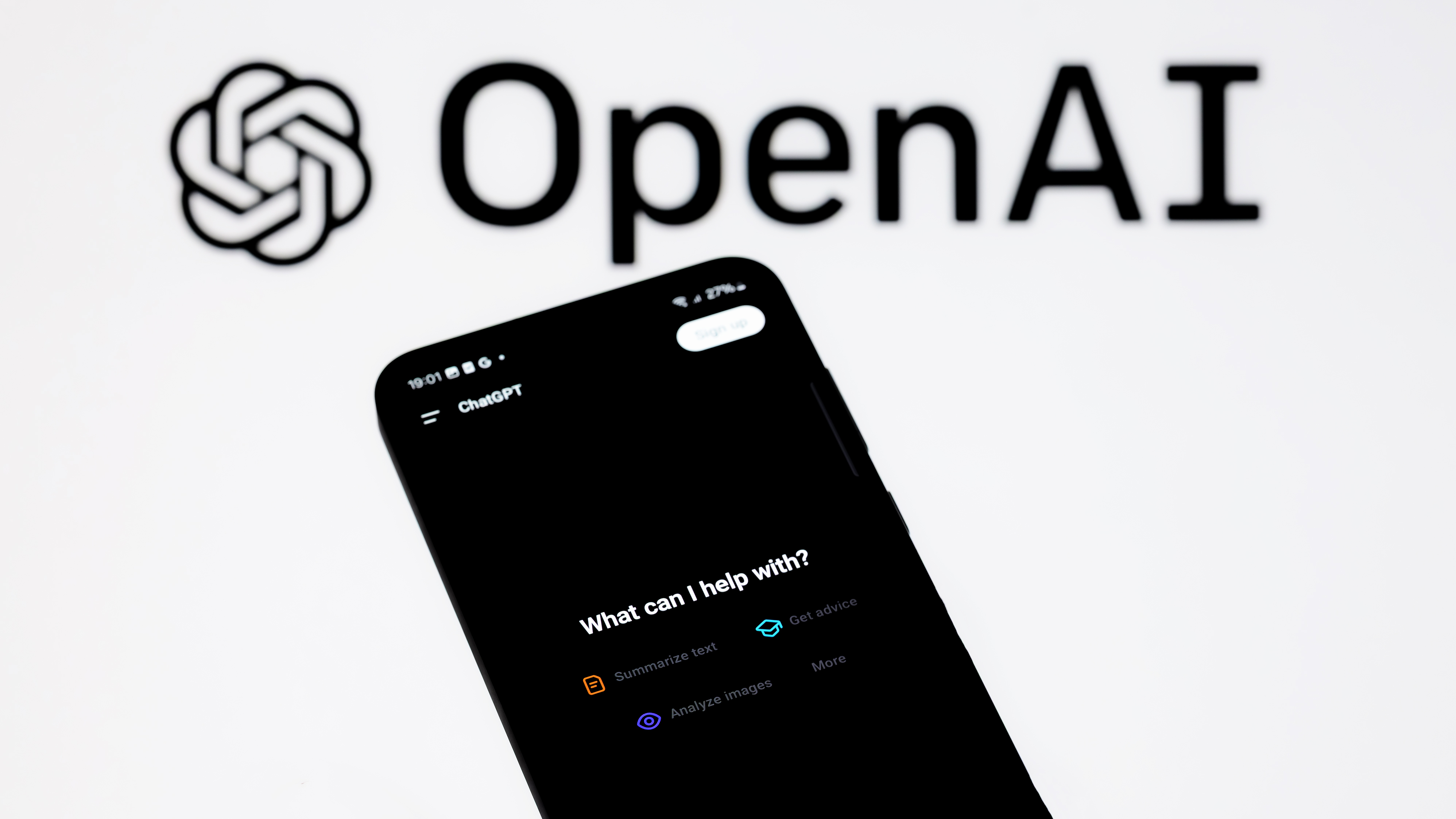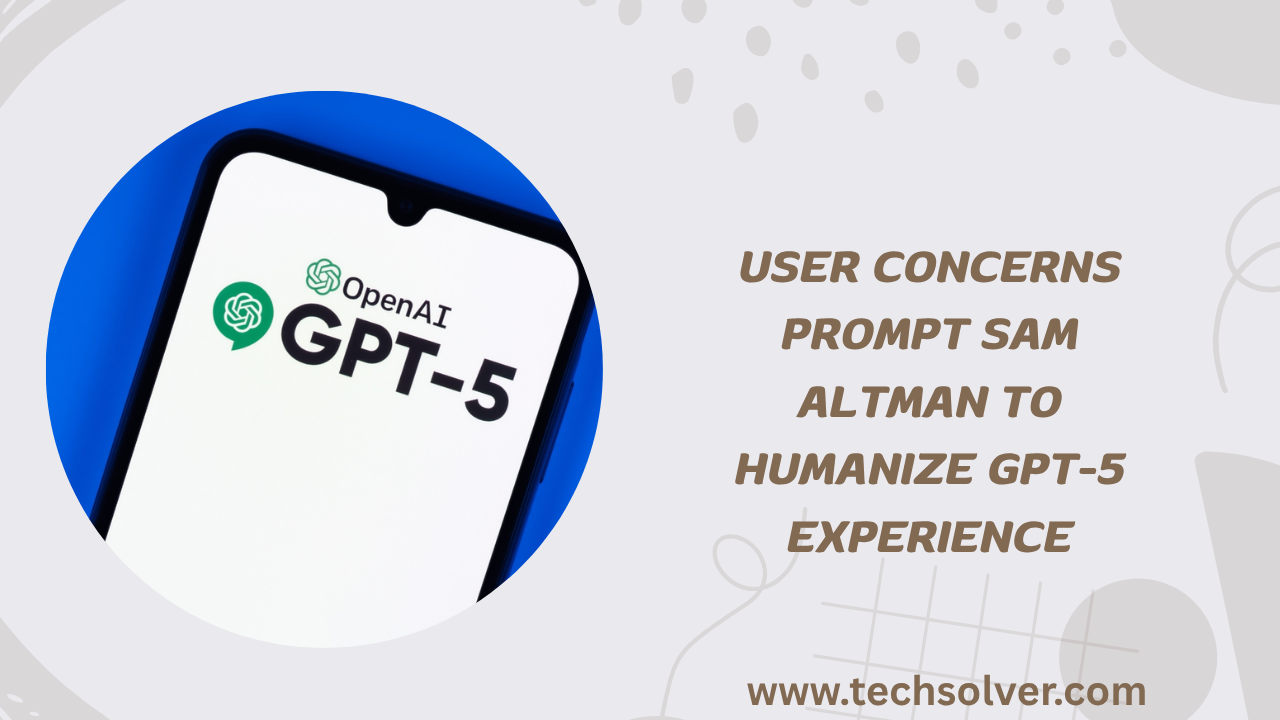When OpenAI launched GPT-5, it was introduced as the company’s most advanced AI model yet—faster, more accurate, and less prone to making things up. However, not all users were impressed. Many took to social media to say that while GPT-5 performs well in technical tasks, it lacks the wit, creativity, and warmth they enjoyed in earlier versions like GPT-4o.
In response, OpenAI CEO Sam Altman has now promised to make GPT-5 more relatable and emotionally engaging. This commitment comes after a wave of user feedback highlighting that, while GPT-5’s precision is appreciated, its tone and conversational style sometimes feel cold or too concise.
The Backdrop: GPT-5 Launch and Model Retirements

When GPT-5 was rolled out, OpenAI also announced it would retire all older models, including GPT-4o, GPT-4.1, GPT-4.5, GPT-4.1-mini, o4-mini, o4-mini-high, o3, and o3-pro. This meant that users no longer had the option to use older, familiar versions—causing significant backlash.
Some felt that GPT-4o had a more human-like personality, playful humor, and better emotional connection in responses. Losing access to these models left users feeling frustrated and nostalgic.
OpenAI eventually allowed GPT-4o access again, but only for ChatGPT Plus subscribers. Free users remain limited to GPT-5, which has made the emotional differences between the two models even more noticeable for many people.
Why GPT-5 Feels Different

OpenAI’s blog post during GPT-5’s launch highlighted its improvements:
- Better accuracy and reasoning
- Lower hallucination rate (less chance of making false claims)
- Reduced sycophancy (less tendency to agree with everything)
- Improved coding and health-related answers
- More advanced multi-modal capabilities (handling text, images, and other formats together)
While these upgrades sound impressive, they also brought an unintended side effect—shorter, more fact-focused answers. For some users, this made GPT-5 seem less engaging. The balance between logic and personality shifted toward the logical side, which is great for technical work but can feel emotionally flat in casual chats.
Social Media Reactions

Shortly after GPT-5’s release, platforms like X (formerly Twitter) were flooded with posts from users comparing it to GPT-4o. Common themes in the feedback included:
- Replies feel shorter and less rich in detail
- Fewer jokes, metaphors, and playful touches
- Less responsive to emotional cues in conversation
- Slower responses in some cases despite promises of more speed
Some users even said GPT-5 feels like “talking to a polite but rushed office worker,” while GPT-4o felt more like “chatting with a witty, friendly colleague.”
Sam Altman’s Response

Sam Altman acknowledged the feedback in a series of posts on X. He admitted that the team had “underestimated how much some of the things that people like in GPT-4o matter to them, even if GPT-5 performs better in most ways.”
His key points included:
- OpenAI will finish the GPT-5 rollout and stabilize the system before making changes.
- Plans are in place to add more warmth and improve emotional depth in GPT-5’s conversations.
- Per-user customization is coming in the future so people can set preferences for tone and style.
- Users will eventually be able to choose between different communication modes, such as “cold logic” or “friendly warmth.”
Customization: The Long-Term Plan

One of the most interesting things Altman mentioned was the idea of personalized AI personality settings. Not everyone wants the same type of responses—some people prefer detailed, humorous, emoji-filled chats, while others want straightforward and technical answers.
The planned customization features could include:
- Tone settings – Users might select from options like professional, casual, humorous, or empathetic.
- Emoji preferences – For those who enjoy expressive responses versus those who prefer plain text.
- Level of detail – Choosing whether answers are short summaries or deep explanations.
If implemented well, this could solve many of the current complaints and make GPT-5 more flexible for different user needs.
The Balancing Act for AI Design
The situation with GPT-5 highlights a bigger challenge in AI design: balancing performance with personality. A model that’s great at technical accuracy can still feel unsatisfying if it lacks human-like charm. Conversely, a model full of personality but less precise could frustrate users who need correct and reliable answers.
GPT-4o was seen as having a more “human” presence, but GPT-5 aimed to push accuracy and reasoning forward. The lesson here is that emotional connection is a core part of user experience—and not just a cosmetic feature.
What Comes Next
Altman says OpenAI will prioritize two things in the short term:
- Stabilizing GPT-5’s rollout – making sure it runs smoothly and efficiently for all users.
- Introducing more warmth – tweaking how the AI communicates without compromising its accuracy.
In the longer term, customization features will let users define their preferred style. This could mark a shift in AI, where instead of one fixed personality, chatbots adapt to individual preferences—becoming as formal, casual, witty, or serious as the user wants.
Potential User Benefits
If OpenAI delivers on its promises, users can expect:
- More engaging conversations without losing GPT-5’s accuracy.
- Tailored responses that match their communication style.
- Better balance between logic and emotion in chats.
- Improved trust as OpenAI shows responsiveness to feedback.
Conclusion
The GPT-5 rollout has shown that technical progress alone isn’t enough—how AI feels to interact with matters just as much. While GPT-5 is a strong model in terms of reasoning and reliability, it currently lacks some of the personality that made GPT-4o so beloved.
Sam Altman’s promise to make GPT-5 “warmer” is a recognition of that fact. With customization options on the horizon, users may soon get the best of both worlds: the power and accuracy of GPT-5, combined with the charm and emotional intelligence they’ve been missing.
FAQs
Q1: Why do some users prefer GPT-4o over GPT-5?
Many feel GPT-4o had more personality, humor, and emotional depth, making chats more engaging.
Q2: Will GPT-4o still be available?
Yes, but only for ChatGPT Plus subscribers. Free users are limited to GPT-5.
Q3: What does Sam Altman mean by making GPT-5 “warmer”?
He means improving its conversational style to be more relatable, engaging, and emotionally intelligent.
Q4: When will GPT-5 customization options be available?
Altman said customization will take longer, so it’s expected in future updates, not immediately.
Q5: Will adding warmth affect GPT-5’s accuracy?
OpenAI aims to keep accuracy high while improving tone, so warmth should not reduce reliability.
